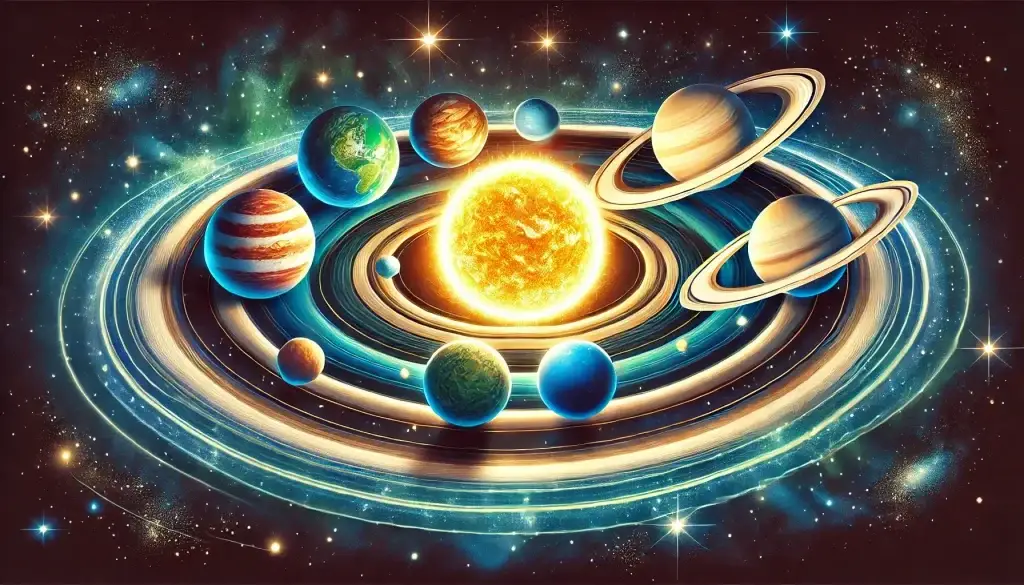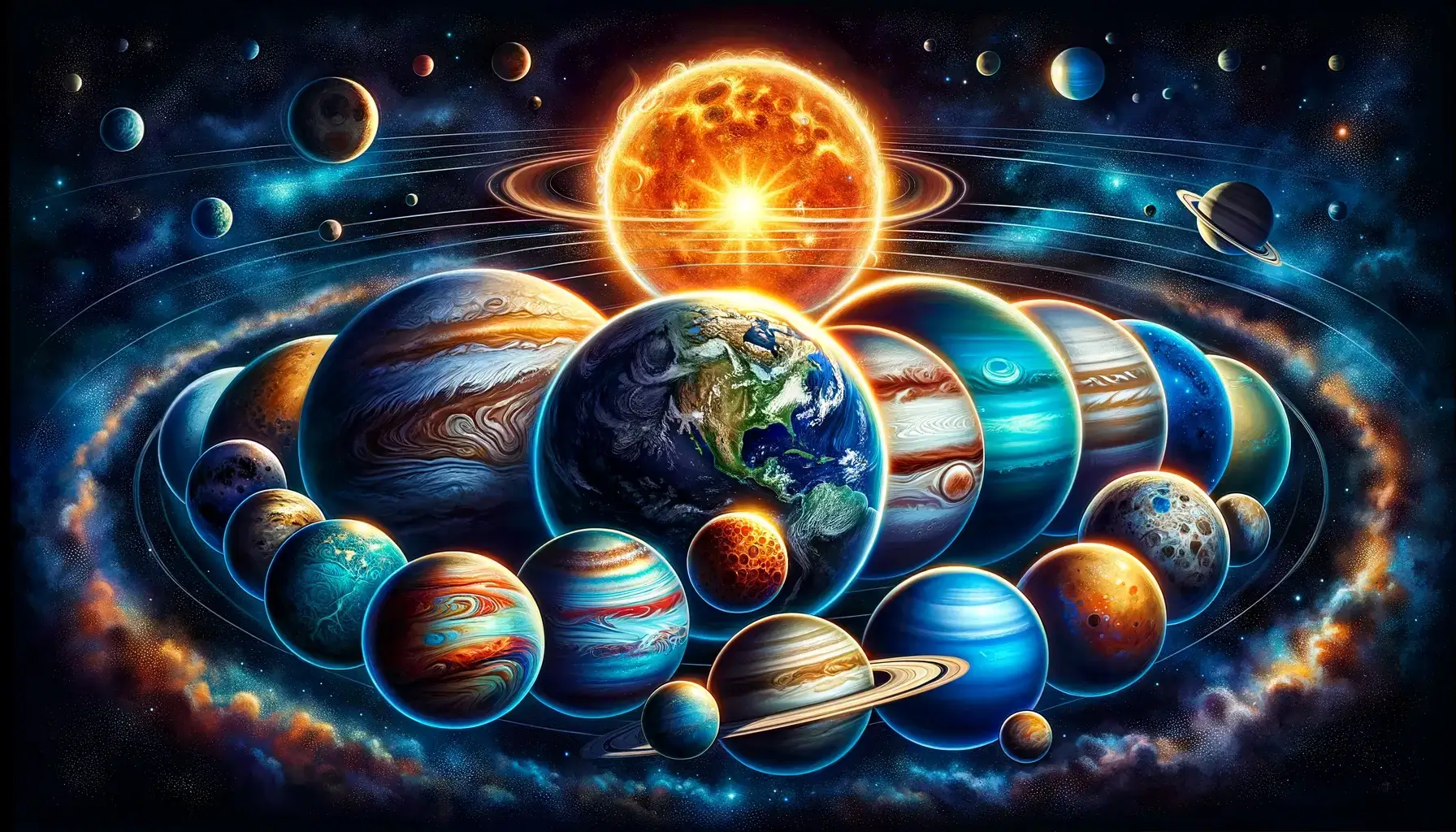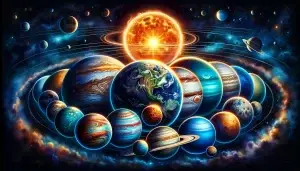Planets: Exploring the Mysteries of Our Solar System
The vastness of space has always been a source of fascination for humanity. Among the countless celestial bodies scattered across the universe, the planets in our solar system stand out as our closest cosmic neighbors. Each planet has unique characteristics, histories, and mysteries waiting to be explored. In this article, we’ll take a closer look at the eight planets of our solar system, shedding light on their features and significance.
What Are Planets?
Planets are celestial bodies that orbit a star, in our case, the Sun. Unlike stars, they do not emit light but reflect it. To be classified as a planet, an object must meet three criteria:
- It must orbit the Sun.
- It must be spherical in shape due to its gravity.
- It must have cleared its orbital path of other debris.
The International Astronomical Union (IAU) recognizes eight planets in our solar system, divided into two groups: terrestrial planets and gas giants.
The Terrestrial Planets
Terrestrial planets are rocky and have solid surfaces. These include Mercury, Venus, Earth, and Mars. Let’s explore each one:
- Mercury
Mercury is the smallest planet and the closest to the Sun. Its proximity to the Sun means it experiences extreme temperatures, ranging from scorching heat during the day to freezing cold at night. Despite its size, Mercury has a magnetic field, a rarity among terrestrial planets. - Venus
Often called Earth’s “sister planet” due to its similar size and structure, Venus is shrouded in thick clouds of sulfuric acid. Its atmosphere creates a runaway greenhouse effect, making it the hottest planet in the solar system, with surface temperatures hot enough to melt lead. - Earth
The only planet known to harbor life, Earth boasts a delicate balance of water, atmosphere, and temperature. Its unique biodiversity and tectonic activity make it a vibrant and ever-changing world. - Mars
Known as the “Red Planet,” Mars has long fascinated scientists and space enthusiasts alike. Its iron oxide-rich surface gives it a reddish hue. Mars is home to the largest volcano in the solar system, Olympus Mons, and scientists are exploring its potential for future human habitation.

The Gas Giants
Gas giants are massive planets composed primarily of hydrogen and helium. These include Jupiter, Saturn, Uranus, and Neptune.
- Jupiter
Jupiter is the largest planet in the solar system, with a mass more than 300 times that of Earth. Its iconic Great Red Spot is a massive storm that has been raging for centuries. Jupiter’s strong magnetic field and its 79 known moons make it a fascinating subject for astronomers. - Saturn
Saturn is famous for its stunning ring system, made of ice and rock particles. This gas giant is not only visually striking but also home to dozens of moons, including Titan, which has a thick atmosphere and liquid methane lakes. - Uranus
Uranus is unique for its sideways rotation, likely caused by a massive collision in its early history. Its pale blue color comes from methane in its atmosphere, which absorbs red light. Uranus also has faint rings and is the coldest planet in the solar system. - Neptune
The farthest planet from the Sun, Neptune is a deep blue gas giant with supersonic winds and massive storms. It has 14 known moons, the largest being Triton, which orbits in the opposite direction to Neptune’s rotation.
Why Study Planets?
Studying planets helps us understand not only our solar system but also the potential for life beyond Earth. By exploring their atmospheres, geology, and magnetic fields, scientists can uncover the conditions necessary for life. Moreover, comparing planets provides valuable insights into Earth’s past, present, and future.
The Future of Planetary Exploration
Space agencies like NASA, ESA, and private companies such as SpaceX are investing heavily in planetary exploration. Missions to Mars, the search for water on icy moons like Europa and Enceladus, and probes to study distant gas giants are pushing the boundaries of human knowledge.
Conclusion
The planets of our solar system are more than just distant worlds; they are keys to understanding the cosmos and our place within it. From the fiery surface of Venus to the icy winds of Neptune, each planet tells a story of formation, evolution, and mystery. As technology advances, the study of planets will continue to inspire and reveal the secrets of the universe.
By delving into these celestial bodies, we not only satisfy our curiosity but also lay the groundwork for humanity’s future in space. The planets are waiting—what will we discover next?
Share this content:






Yorum gönder